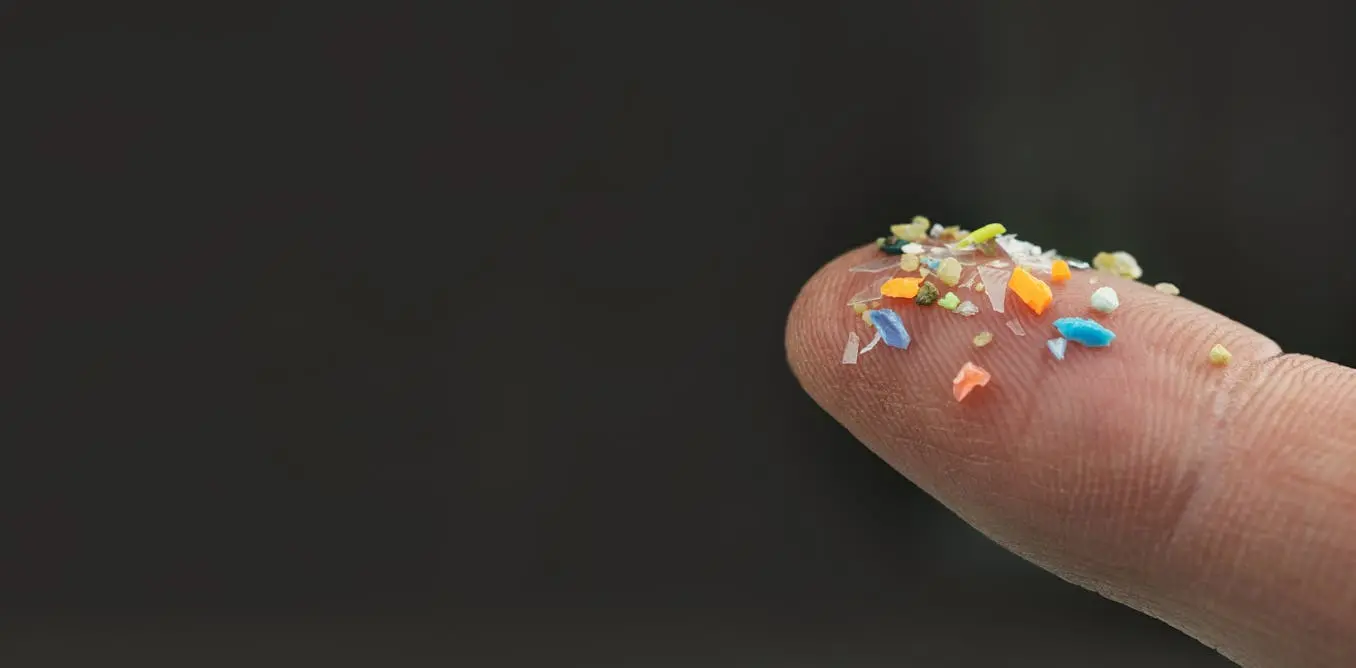 Microplastics have been identified in the water we drink, the air we breathe and the food we eat – including seafood, table salt, honey, sugar, beer and tea. Sometimes the contamination occurs in the environment. Other times it’s the result of food processing, packaging and handling. More data is needed on microplastics in human foods such as land-animal products, cereals, grains, fruits, vegetables, beverages, spices, and oils and fats.
Microplastics have been identified in the water we drink, the air we breathe and the food we eat – including seafood, table salt, honey, sugar, beer and tea. Sometimes the contamination occurs in the environment. Other times it’s the result of food processing, packaging and handling. More data is needed on microplastics in human foods such as land-animal products, cereals, grains, fruits, vegetables, beverages, spices, and oils and fats.
As equipment has advanced, scientists have identified smaller particles. They’ve found microplastics in our lungs, livers, kidneys, blood and reproductive organs. Microplastics have crossed protective barriers into our brains and hearts. While we eliminate some microplastics through urine, faeces and our lungs, many persist in our bodies for a long time.



No, but only cause we are just starting to notice the build up. Think about it this way. There’s something building up in our body that doesn’t have a purpose other than getting in the way other functions.
That is the least destructive it will be to our bodies. Functions will be worse because plastic is taking the place of valuable nutrients or microbotical gut biome. Or it’s just in the way and that brain to cells message take a bit longer. Butterfly effect stuff all over your body on a micro level.
We can’t even really run proper comparisons because we don’t have a control group. Literally every living creature has this build up. The only way someone will have less micro plastics is if they give birth. The act of growing human cells moves some plastic from the mother to the baby. It’s all a guess, but of course that’s science. Now is the “fun” part of proving what theories are true…somehow.